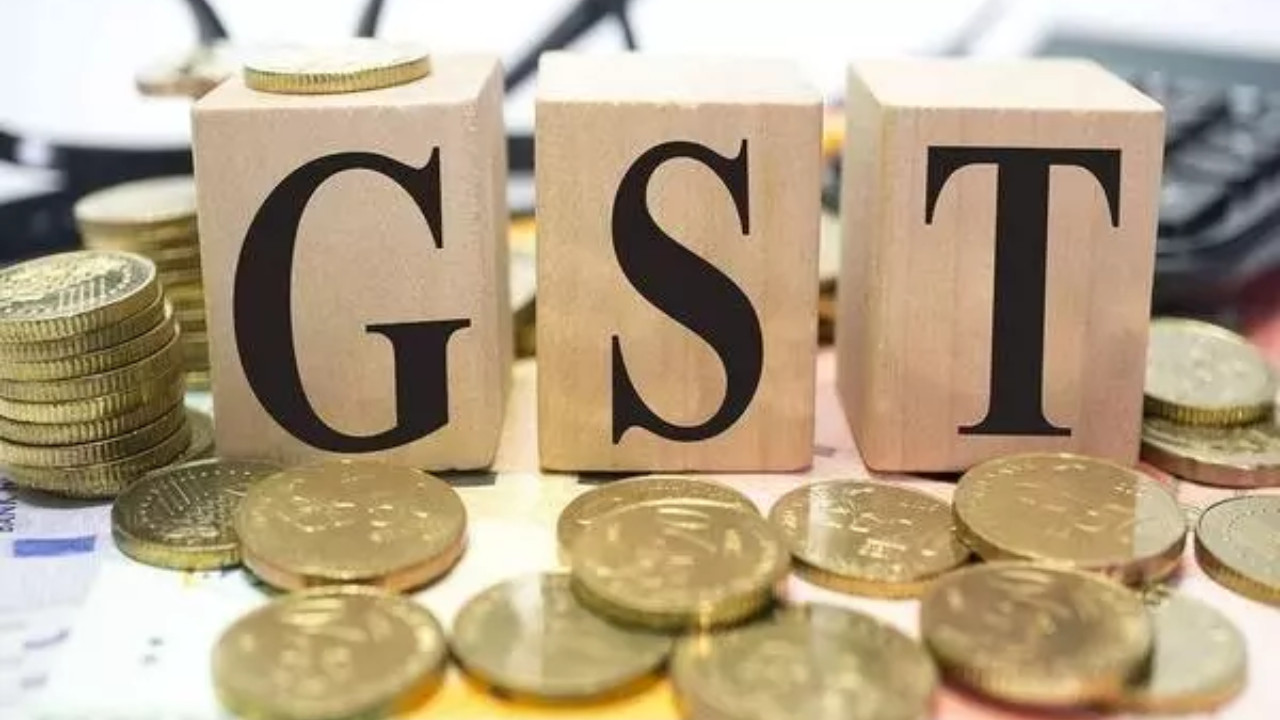The GTRI cautions against lowering import duties on US farm products in the proposed India-US trade agreement, citing risks to India’s food security and the livelihoods of 700 million farmers. Subsidized US agricultural exports, including rice, dairy, and GM soy, could overwhelm Indian markets and distort prices.
Navigating the Labyrinth: Should India Lower Tariffs on US Farm Goods?
The air crackles with anticipation. Trade winds are shifting, and whispers of a potential deal between India and the United States have ignited a lively debate: Should India reduce its tariffs on American agricultural products? It’s a complex question, fraught with potential pitfalls and promising opportunities. A recent study by the Global Trade Research Initiative (GTRI) throws a stark light on the potential consequences, urging caution as negotiators navigate these crucial discussions.
The crux of the matter lies in the existing tariff landscape. India currently imposes relatively high duties on many agricultural imports, a protective measure designed to shield its domestic farmers from foreign competition. Lowering these tariffs, particularly on products from agricultural powerhouse the US, could have far-reaching implications, not all of them positive.
The Allure of Lower Prices: A Double-Edged Sword
One obvious benefit of reduced tariffs is the potential for lower prices for Indian consumers. Imagine cheaper almonds, walnuts, or even certain fruits flooding the market. For many, this translates directly to increased purchasing power and access to a wider variety of goods. However, this seemingly simple equation hides a more intricate reality.
The GTRI report highlights a critical concern: the sheer scale of US agricultural production and the existing subsidies enjoyed by American farmers. These factors allow US producers to operate with significant cost advantages, potentially undercutting Indian farmers who often lack access to the same level of support and technology. Opening the floodgates without careful consideration could devastate local agricultural communities, leading to job losses and economic hardship in rural areas.
Strategic Sectors at Risk: Dairy and Poultry in the Crosshairs
Certain sectors are particularly vulnerable. The dairy and poultry industries, already facing challenges, could be severely impacted by an influx of cheaper US imports. American dairy farmers, for instance, benefit from advanced farming techniques and economies of scale, allowing them to produce milk and dairy products at significantly lower costs. Similarly, the US poultry industry operates with high efficiency, posing a considerable threat to Indian poultry farmers.
The argument isn’t necessarily about protectionism, but about ensuring a level playing field. Indian farmers need time to adapt, modernize, and become more competitive before being exposed to the full force of global competition. A phased approach, coupled with investments in agricultural infrastructure and technology, could be a more prudent strategy.

Quality Control and Sanitary Standards: A Critical Consideration
Beyond price, quality control and sanitary standards are vital. The GTRI report raises questions about the potential for the entry of genetically modified (GM) crops and products that may not meet India’s stringent food safety regulations. Maintaining these standards is crucial for protecting public health and ensuring consumer confidence. Robust testing and certification processes are essential to prevent the entry of substandard or potentially harmful products.
Navigating the Trade Winds: A Path Forward for India
The decision of whether or not to lower tariffs on US farm goods is not a simple yes or no question. It requires a nuanced understanding of the potential benefits and risks, as well as a commitment to protecting the interests of Indian farmers and consumers. A rushed agreement, driven by short-term political gains, could have long-lasting negative consequences for India’s agricultural sector.
Instead, a more strategic approach is needed. This could involve a phased reduction of tariffs, targeted at specific products and implemented over a period of years. It also requires significant investments in Indian agriculture, empowering farmers with the technology, training, and resources they need to compete effectively in the global market. Furthermore, transparent and rigorous quality control measures are essential to safeguard public health and maintain consumer confidence. This may require negotiating specific provisions that address India’s particular concerns.
Ultimately, a successful trade deal must be mutually beneficial, fostering economic growth while protecting the livelihoods of farmers and ensuring the safety of the food supply. The stakes are high, and careful consideration is paramount. Related content: [India’s Export Growth Strategy](internal-link-to-related-content)
The question is, can India strike the right balance? It’s a tightrope walk with the potential to reshape the nation’s agricultural landscape for decades to come.







